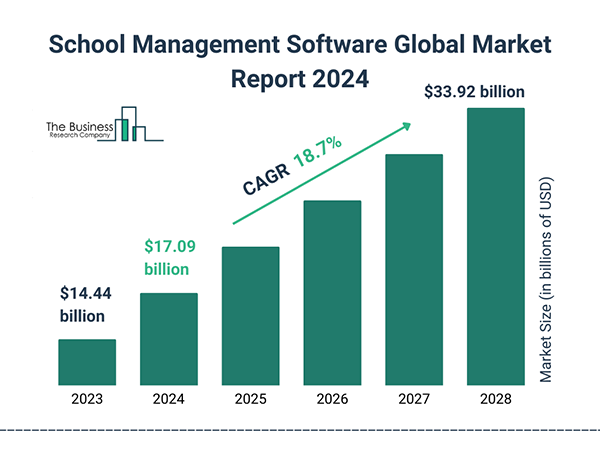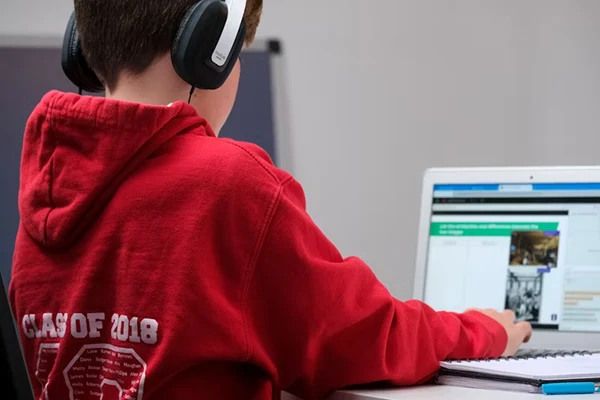“Education is the most powerful weapon which you can use to change the world.” – Nelson Mandela
The same case can be seen in educational institutions as they too are incorporating software management systems in a bid to improve the efficiency and operations of the institutions.
The school management software market, which was valued at USD 15.18 billion in the year 2024, is expected to reach USD 41.46 billion by the year 2031 with a CAGR of 14.76% (Source: Verified Market Research, 2024).
It emphasizes that growth trends are very helpful for such systems in the modern education world.
In this blog, we’ll discuss how educational institutions can enhance their software management system endeavors to improve the organizations’ efficiency and improve the processes and the experience of all the pain points involved.
One of the best ways to improve the software management systems in an educational institution is to implement a centralized management platform.
This means that a variety of software tools can be accessed all in one place and all students can have their own login to access the platform once they start school there.
This single platform can manage academic, administrative, financial, and communications processes, making it easier for students, parents, and faculty to perform daily tasks.
To transition to the digital age, educational institutions should switch from physical IT systems to working with systems within the cloud.
This way, everything can be saved digitally and there is no limit on storage.
By implementing an education software management system, educational institutions can easily manage all of the academic activities of their students and students can use the technology from anywhere to get all of their work done.
If an academic institution is growing rapidly, with more students each year, a cloud-based solution will make scalability much easier.
The work that students do, from research papers to lab projects, is considered valuable intellectual property and should therefore be protected against plagiarism and other forms of intrusions.
If a school has older software, then this means that it is susceptible to a higher number of security threats and data leaks.
Liability for installing a robust data security system will make it easier for students as well as educators to trust the information they are uploading onto their educational platforms.
It is suggested that every time a new student comes into school, there has to be a seminar or information session on the appropriate usage of the school’s software.
This can make it less frustrating during the first few weeks of school and can help students and teachers, in particular, gain a better understanding of how to utilize the technology resources at their disposal.
In addition to the first training, there must be a unit in the institution where students can report any technological problems that they may encounter.
This can be a physical location and/or an online site where there is a voice for the grievances and queries.
An ideal software management system should be able to adapt to each student’s unique schedule and needs.
It should also have a user-friendly interface where changes can be made easily so that students spend more time studying than trying to figure out all of their educational apps and platforms.
A lot of school work revolves around group projects and collaboration between students, especially if the educational institution is completely online.
That leads to a need for the students to have a means and reliable technology that will enable them to work on group assignments within the appropriate intervals.
The communication between the teacher and the students should be seamless as well since there will be cases when students will need to ask their teacher last-minute questions and will be required to contact that teacher to ensure they are doing their tasks correctly before proceeding.
For these reasons, educational institutions should have a reliable digital space for document sharing and all other collaboration that goes on in a class.
This means that even if a student misses a class, they will still have all of the information that they need and they can ask any questions they have on the platform.

One of the great things that has come out of technology entering the classroom in the modern age is that students who have specific needs or have to miss class a lot due to medical or personal reasons can still have the access they need.
This also goes for students with learning disabilities who need digital assistance in order to have equitable access to the learning material.
Educational institutions that support and include students who need extra help are using software management systems that are easy to access and offer all kinds of help for a range of student needs.

By integrating these strategies into pre-existing software management systems, educational institutions will see an improvement in student capabilities and a more inclusive and safe educational environment.
